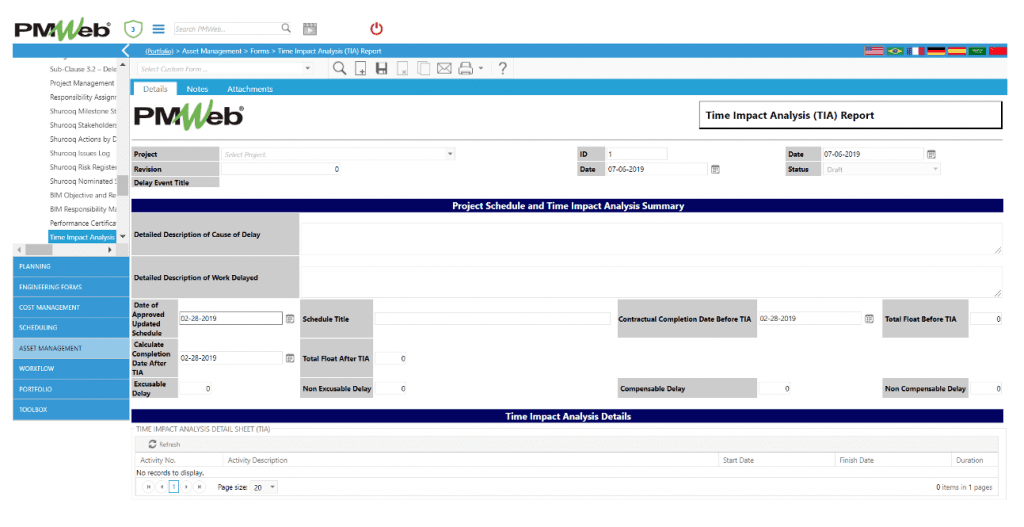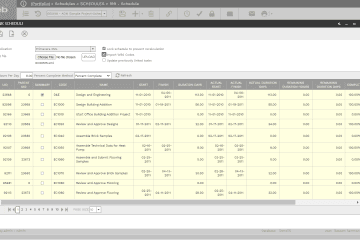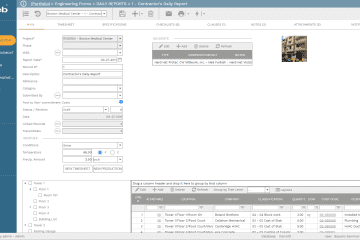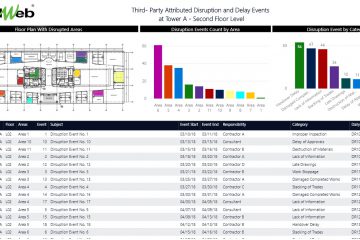On construction projects, schedule delay claims that affect the project completion date are becoming a common event. Those are the delays that are beyond the contractor’s control. The events that entitle the contractor to delay claims are normally specified in a contract provision. For example, in the FIDIC Red Book, those include the clauses of Ambiguities (5.2), Engineering Drawings Delays (6.2 and 6.3), Physical Conditions (12.2), Fossils, Antiquities, Structures (27.1), Tests (36.5), Suspension (40.2), Employer’s Failure to Give Possession (42.2) and Defaults by Employer (69).
To prove the contractor entitlement for delay, there are a number of after-the-fact delay analysis methods that can be used. Those include As-Planned Vs. As-Built, Impacted As-Planned. Collapsed As-Planned, Window Analysis and Time Impact Analysis. Each method has its own advantages and disadvantages that is usually driven by the quality and availability of baseline schedule, schedule delays, progress and project documents, level of effort to be spent on the delay analysis among others. Regardless, of the selected delay analysis method, the team carrying out the delay analysis needs to have access to the as-planned schedule, final as-built CPM schedule with periodic updates, Project daily reports, meeting minutes and other project’s records that are related to the different schedule delay and disruption events.
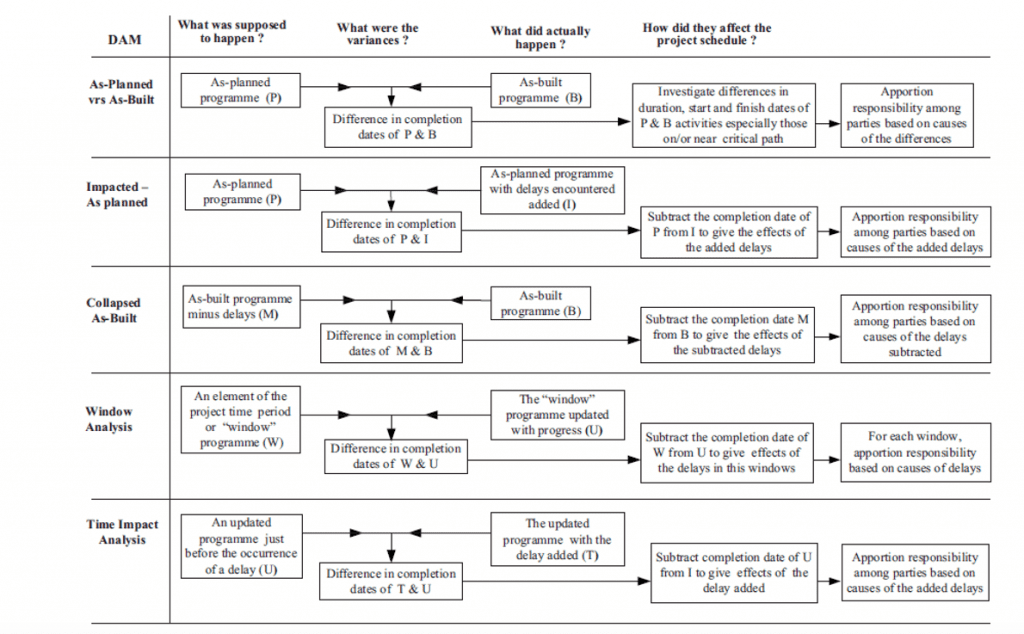
The as-planned schedule, final as-built CPM schedule, all periodic updates and schedule delay analyses needed for the Window Analysis and Time Impact Analysis (TIA) methods, will usually be completed using Primavera P6 software. Those schedules could be available in an electronic format to can be used by the delay analysis team, when converted from earlier Primavera P6 versions (sometimes from P3), converted from other applications like MS Project, created from bar charts and project records or created from scratch.
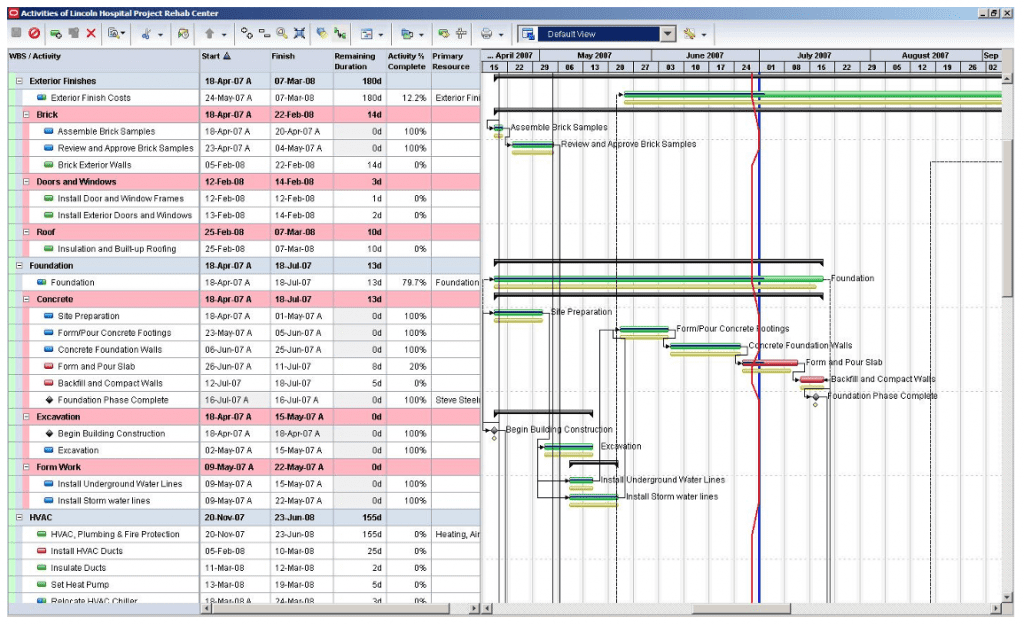
To keep track of all schedule versions, revisions and periodical updates that will be used to analyze delays, regardless of the after-the-fact delay analysis method used, it is highly recommended that all documents and records used in preparing schedules are properly documented and associated with their relevant schedule. Using a Project Management Information System (PMIS) like PMWeb can prove to be of great value even if PMWeb was not used to generate and capture project records and documents during the project’s execution lifecycle.
Every single Primavera P6 schedule used in the delay analysis will be imported into PMWeb scheduling module. This provides the delay analysis team with immediate visibility into all the schedules that will be or could be used in the delay analysis. PMWeb imports all needed information needed for the delay analysis, such as the activity number, description, planned and actual start and finish dates, planned, remaining and actual duration, percent complete, total float and WBS level.
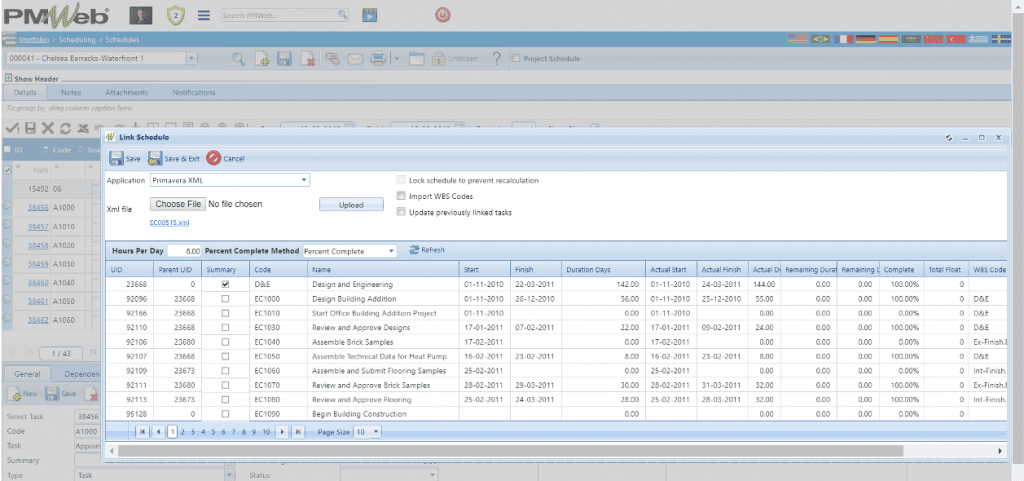
The notes tab enables the delay analysis team to capture all comments and text notes on the imported project schedule. Those date stamped notes will identify the PMWeb user who created the note as well as if the PMWeb user who could have edited this note and when. Since PMWeb allows adding content in rich text, pictures and other images can be embedded in the text note.
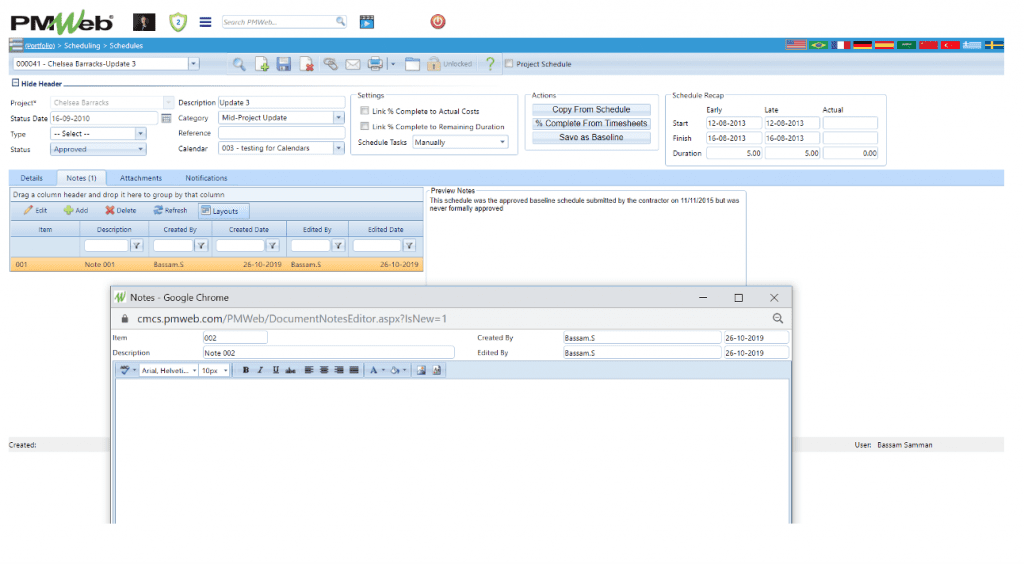
For each imported project schedule, the attachment tab will be used to attach all relevant documents which will usually be uploaded and stored in PMWeb document management repository, although it is possible to upload documents directly. PMWeb document management repository will be configured to include folders for each schedule version, revision or periodical update. This will ensure that all those documents are properly filed to enable the delay analysis team as well as the claim preparation team to review and analyze those documents when needed. In addition, PMWeb allows linking imported MS Outlook emails as well as other records created in PMWeb to the schedule.
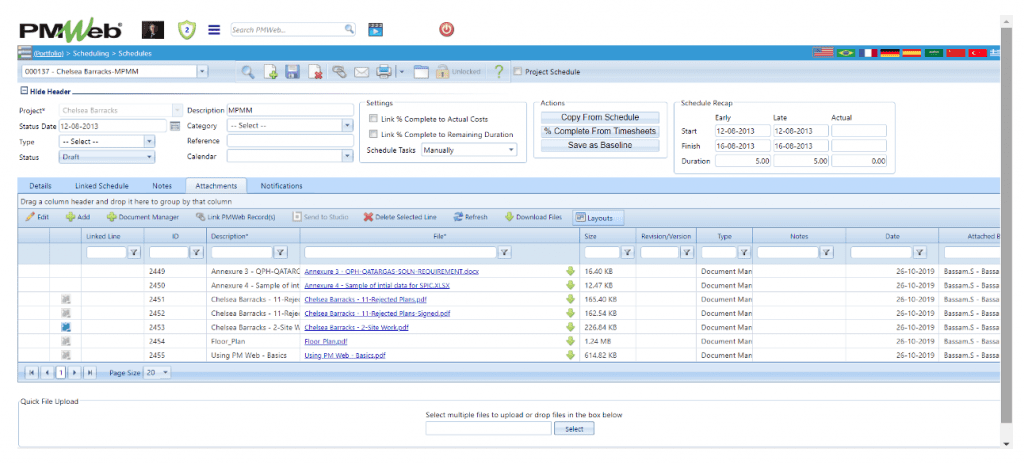
To ensure that all those schedule versions, revisions or periodical updates are formally approved to be used in the delay analysis, a workflow can be assigned to formalize the review and approval process for those schedules. This will ensure that only approved schedules are used in the delay analysis.
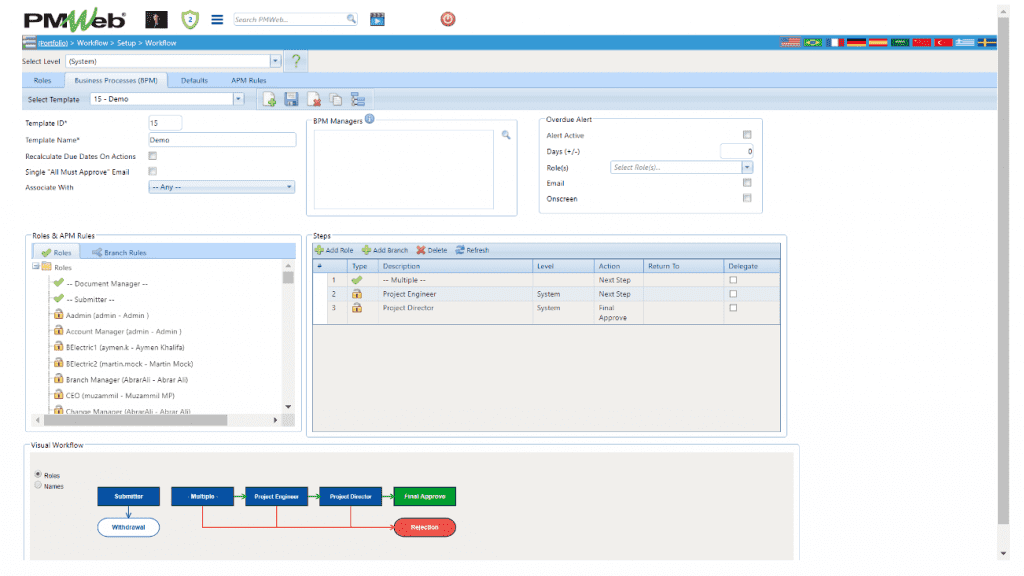
The schedule data captured in PMWeb will become available for the delay analysis team to report on in any desired tabular and graphical format including bar charts. Those reports can be saved as PDF files as well as MS Excel file formats among others. For example, a report can be created to compare schedule versions and calculate the start and finish days, duration and total float variances.
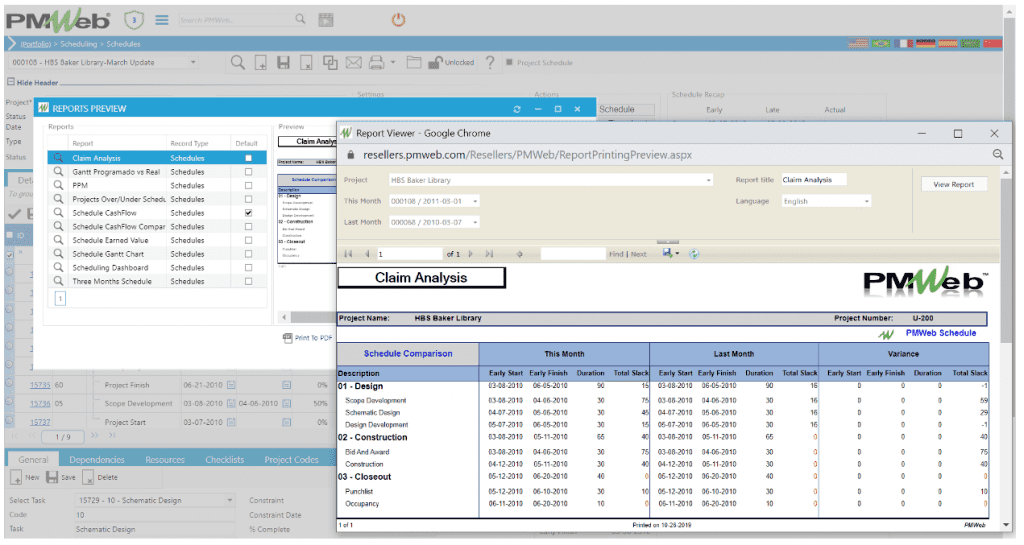
Should there be a need to share those reports with other project team members whether they have access to PMWeb or not, PMWeb notification tab will be used to send emails to those team members including the selected reports as attachments. PMWeb will keep a register of all notifications sent for each project schedule.

In addition, PMWeb custom form builder can be used to create forms to capture the data details of all delay events, time impact analysis and any other form that the delay analysis team might find necessary to have to ensure that their analysis is well-structured, complete and formally reviewed and approved. The design of those forms could also include fields for specifying the project schedule activity and project schedule WBS level that is relevant to the content of the form. The project schedule activities list and WBS levels list automatically become available when the Primavera P6 schedule is imported. In addition, the forms can include many other fields for which the values will be selected from other predefined list of values to ensure standardization and consistency as well as easing the process for completing those forms.
Similar to all other PMWeb records, documents can be attached to those forms as well as links to other PMWeb records and imported MS Outlook emails can be created. Of course, a workflow can be assigned to each one of those forms to ensure that they are formally submitted, reviewed and approved by their intended project team recipients.
